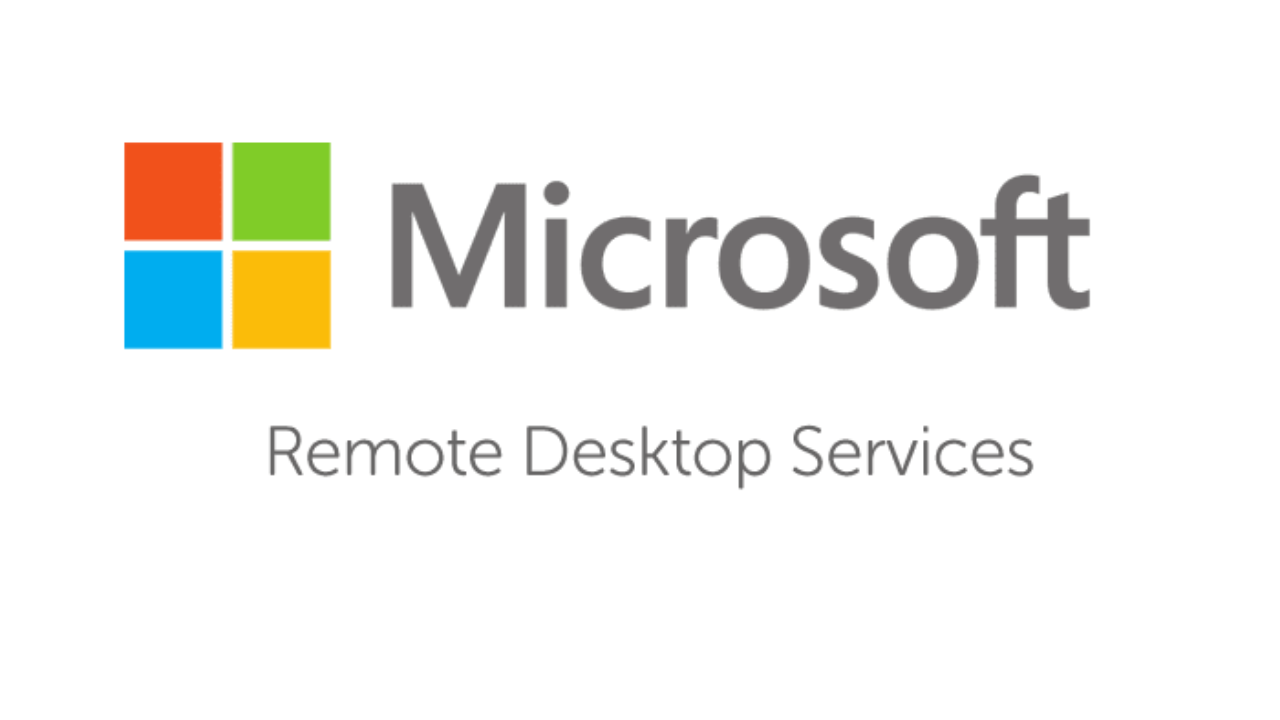The Remote Desktop Services Microsoft’s Remote Desktop Services are widely used by companies to let users use applications inside a server farm. Typically the reasons to use Remote Desktop are: Standardized environment and configuration Easy maintenance during application version upgrades Lower resource usage on the clients Better bandwidth usage in case of a slow connection. Remote Desktop Connection Very Slow I have a Dell Windows 10 Pro pc and a HP Windows 10 Pro pc, which I access remotley using Remote Desktop Connection on a Dell Windows 10 Home Laptop. The remote connection to both pcs were working great until yesterday.
Generally speaking, adding too many vCPUs will slow things down, not speed things up. Check the CPU use to see if you really need to add more. RAM is usually the culprit with MS Office. I would guess that 40gig isn't enough. This behavior may cause performance issues such as slow boot, slow logon, system hangs, or failure to redirect printers and mapped drives. This issue occurs because the Remote Desktop Services Device Redirector service creates a new port every time that an RD session is established. However, the inactive ports are not recycled. The Remote Desktop Services Microsoft’s Remote Desktop Services are widely used by companies to let users use applications inside a server farm. Typically the reasons to use Remote Desktop are: Standardized environment and configuration Easy maintenance during application version upgrades Lower resource usage on the clients Better bandwidth usage in case of a slow connection.
Remote Desktop is great thing when it works but with Windows 10 I usually see one problem after another. I decided to write up some tricks I need pretty often when RDP is going crazy on some Windows 10 box. Nothing special but I hope I save some people hours of time on trying out different tricks found in internet.
Full screen RDP shows local taskbar in foreground
This is one of the most annoying bugs. RDP is opened full screen but what local taskbar is shown instead of remote machine one. It’s possible to see remote machine taskbar only if RDP window is not maximized. Solution is simple – we need to restart Windows Explorer.
- Open Task Manager on local machine
- Find WIndows Explorer from processes list
- Right-click on it
- Select Restart
- Connect to remote machine again
RDP connection to remote machine is very slow
Another show-stopper is slow connection to Windows 10 machines over RDP. It doesn’t seem to happen with all machines but there are always some with issue. It doesn’t matter if connection is made from local network or over internet – when’ it’s slow, it’s just slow. Based on John D’s Tech Site article Remote Desktop slow problem solved it’s an old bug haunting around in Windows from version to version since Windows Vista.
For me it worked when I ran the command on both Windows 10 machines.
- Open command prompt in administrative permissions
- Run the following command: netsh interface tcp set global autotuninglevel=highlyrestricted
- Close command prompt
For me things worked out without restarting machines. The effect was immediate.
Connecting from high-resolution to low-resolution machines
Microsoft Remote Desktop Slow Play
Modern laptops come with damn good displays and it can be problematic to use remote machine with lower screen resolution. Everything is very small and sometimes it’s almost impossible to read the screen. There is RDP client available at Windows Store and usually end users are okay with it. Tech crowd needs different solution usually.
- Open Windows Explorer and move to c:windowssystem32
- Check if there is file called mstsc.exe.manifest and if file doesn’t exist create it
- Paste the following XML to this file:
- Save file and connect to some remote server again.
Microsoft Remote Desktop Slow Over Vpn
It doesn’t work for all applications on remote servers but most of applications I need there are well usable after this little hack.
Solution for poor WiFi adapters
I have come machines connected to network over WiFi as cables doesn’t reach these machines. Interesting thing is that also WiFi adapters can be problem although when sitting at machines we don’t notice anything. I have some machines connected to network over WiFi as there is no cabling to rooms where the machines are located. So, it’s straight connection over WiFi like shown on image below.
With some of these machines I had issues also after applying fixes described above. Not always but sometimes RDP connections got slow and then dropped. Few times I was not able to connect to those machines until I restarted RDP service. Sometimes WiFi connection went down and adapter started work again when I restarted machine.

These issues made me think about possibility of low quality WiFi adapters in machines. Okay, one machine has also expensive one but still ran into adapter issues. Working solution was short in the dark – I just thought maybe it works as routers have usually more stable hardware due to different network work loads. I connected problematic machines to my old WRT-54G with cables. Then I configured old router as wireless client bridge that connects to main router over WiFi. Viola! My problems got solved.
Network slow-down! Router-to-router wireless connection doesn’t come for free. Connection speed drops twice. Before client bridge I had 40 Mbps connection between machines and main router. After setting up client bridge connection speed went down to 20 Mbps.

Use client bridge and other router-to-router wireless solution only when anything else doesn’t work.

Comments are closed.